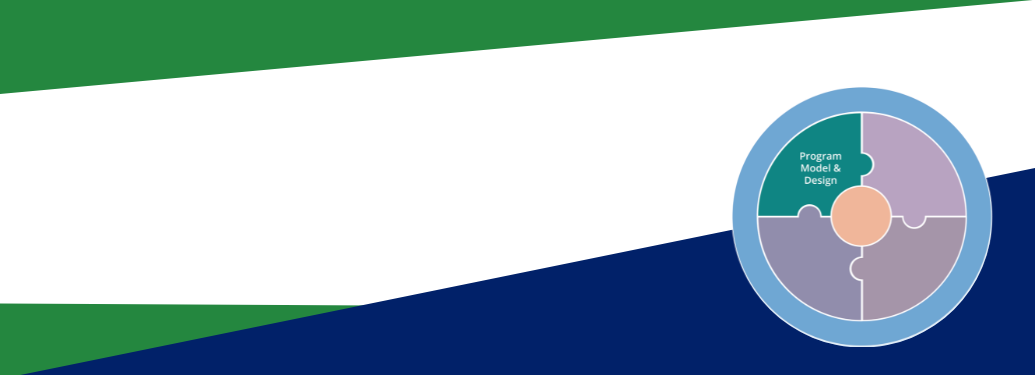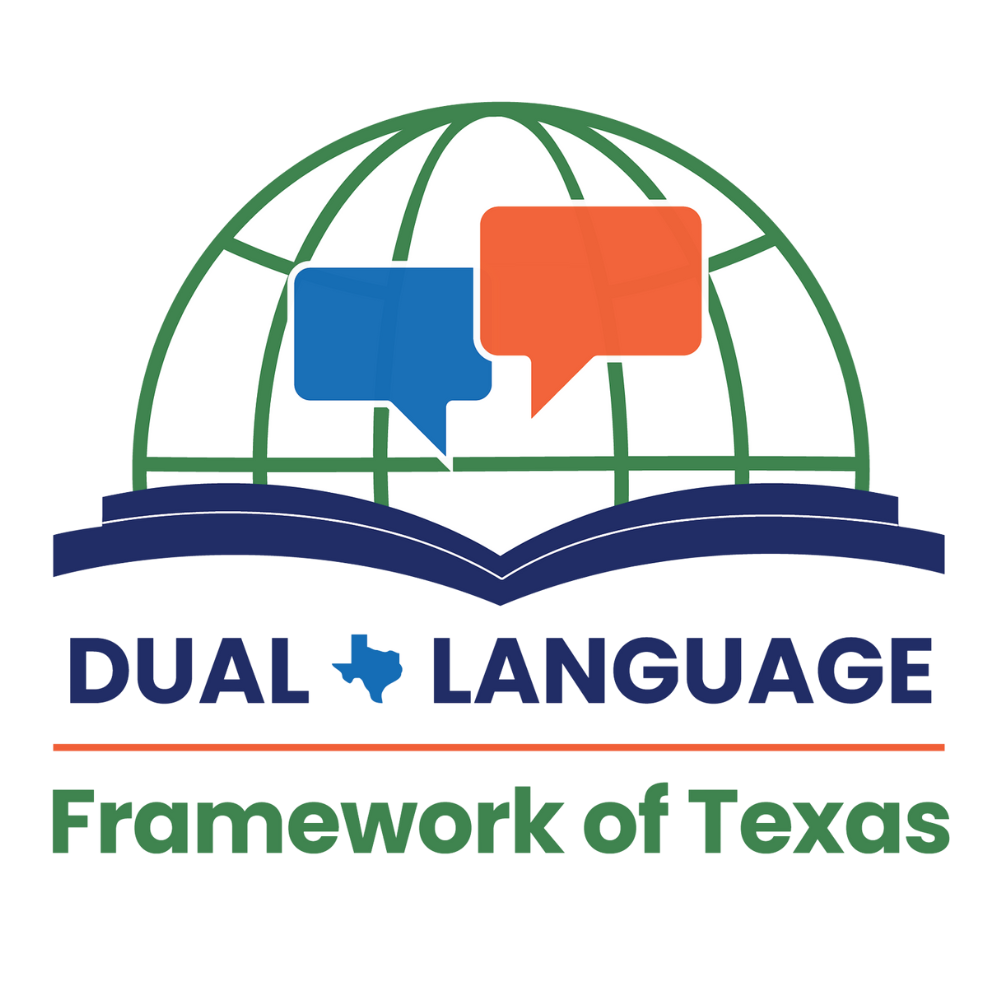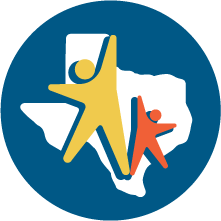
Program Model and Design
Lever 2 Essential Action:
Prioritized emergent bilingual students, a clear language and content allocation plan, and ensures 50% of instruction in partner language.

DLI program clearly prioritizes serving emergent bilingual students.

2.1.a - Ensure all emergent bilingual students are served in the DLI program either through one-way or two-way DLI classrooms.

2.1.b - Ensure the allocation of space for late-coming emergent bilingual students.

2.1.c - Serve emergent bilingual students in their first language and English with no less than 50% in the partner language at all grade levels.

2.1.d - Encourage emergent bilingual students whose first language is not available in a DLI program to participate in the available DLI program.
A clear DLI model is communicated, implemented, and evaluated.

2.2.a - Establish and communicate to all stakeholders a district-wide DLI model and goals for all participating schools.

2.2.b – The content and language allocation plan is implemented and monitored with fidelity.

2.2.c - Provide metalinguistic and metacognitive connections in both the partner language and English.

2.2.d - Evaluate DLI program based on qualitative and quantitative data in both program languages and biliteracy trajectory data.
Students with different levels of language proficiency have multiple entry points into the DLI program and are encouraged to continue.

2.3.a - Support campuses with DLI program roll-out to begin at PK, K, or 1st and continue each year until fully implemented at 5th or 6th grade.

2.3.b - Ensure reclassified emergent bilingual students continue in DLI program until at least 5th or 6th grade.

2.3.c - Facilitate participation of emergent bilingual students (including newcomers) who speak the partner language in the DLI program, if available, for all grades PK-12.

2.3.d - Show clear evidence of communication and modeling of parallel linguistic opportunities between the partner language and English, actively integrating families, school, and local communities in this effort.

2.3.e - Support reclassification of some emergent bilingual students but “no” exiting, as they must continue in the DLI program.
Program model ensures high academic achievement in both languages, bilingualism, biliteracy, and global awareness.

2.4.a - Plan for, deliver, and seek feedback on linguistically accommodated content instruction that is based on Linguistically Sustaining Practices, ensures academic & linguistic achievement in both program languages, and supports biliteracy and global awareness.

2.4.b - Promote a district-wide plan for academic & linguistic achievement in both program languages to support biliteracy and global awareness.

2.4.c - Ensure there are opportunities for all stakeholders to be involved and valued in the DLI Program.

2.4.d - Demonstrates alignment and implementation of linguistically appropriate and instructional materials based in Linguistically Sustaining Practices.
Stakeholders are actively involved in creating a school that values the backgrounds of students.

2.5.a - Provide opportunities for all stakeholders to be involved and valued in the DLI program.

2.5.b - Staff at all levels are actively involved in the creation and implementation of a school-wide plan that addresses the development of global awareness and elevates the understanding of biliteracy development among all stakeholders.
Program model builds on the assets of students’ languages for literacy development.

2.6.a - Schedule reflects oral and academic literacy and biliteracy development according to the respective model design.

2.6.b - Through an asset-based lens, support students’ linguistic approaches such as translanguaging while maintaining a strategic use of instructional language.

2.6.c - Appropriate allotment of oral and academic language and literacy development time in both languages depending on program model and design.

2.6.d - Model adheres to consistent strategic use of instructional languages while supporting student’s translanguaging.
